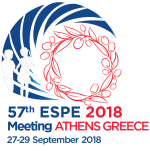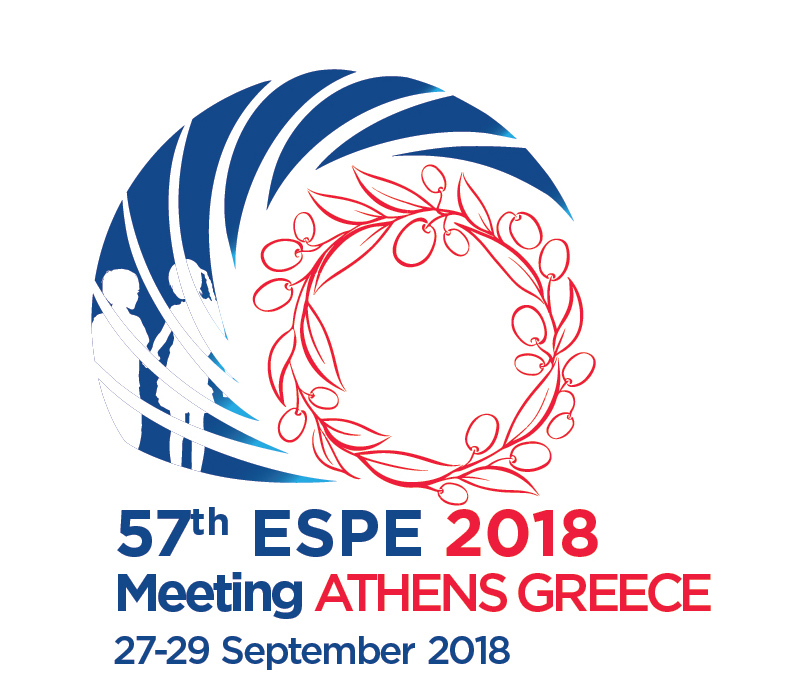
57th Annual ESPE
Athens,
Greece
27 Sep 2018 - 29 Sep 2018

Free Communications
Pituitary, Neuroendocrinology and Puberty 2
hrp0089fc13.1 | Pituitary, Neuroendocrinology and Puberty 2 | ESPE2018
Molecular Screening of Genes Associated with Central Precocious Puberty
Fanis Pavlos , Neocleous Vassos , Toumba Meropi , Gorka Barbara , Stylianou Charilaos , Galli-Tsinopoulou Assimina , Nicolaou Stella , Kyriakou Andreas , Dimitriadou Meropi , Christoforidis Athanasios , Skordis Nicos , Phylactou Leonidas A
hrp0089fc13.2 | Pituitary, Neuroendocrinology and Puberty 2 | ESPE2018
Ablation of AgRP Neurons Decreases Survival in Activity-Based Anorexia Model
Miletta Maria Consolata , Horvath Tamas L
hrp0089fc13.3 | Pituitary, Neuroendocrinology and Puberty 2 | ESPE2018
Role of GnRH Neuronal Migration and Development in Self-Limited Delayed Puberty
Howard Sasha , Oleari Roberto , Mancini Alessandra , Poliandri Ariel , Saengkaew Tansit , Guasti Leo , Cariboni Anna , Dunkel Leo
hrp0089fc13.4 | Pituitary, Neuroendocrinology and Puberty 2 | ESPE2018
The Kallman Syndrome Gene Product is Specifically Expressed in ACTH-Expressing Cells and Dysplays Sexual Dimorphism Expression in Human Fetal Pituitary
Guimiot Fabien , Bonnard Adeline , Soussi-Yaniscostas Nadia , Schnoll Carol , de Roux Nicolas
hrp0089fc13.5 | Pituitary, Neuroendocrinology and Puberty 2 | ESPE2018
Study of the Serum Kisspeptin Level in Healthy and Hypogonadotropic Boys
Nikitina Irina , Khoduleva Yulia , Nagornaya Irena , Vasileva Elena
hrp0089fc13.6 | Pituitary, Neuroendocrinology and Puberty 2 | ESPE2018
Teamwork Saves Lives: How Pediatric Multidisciplinary care can Prevent ‘Unexplained Deaths’ in Adults with Prader-Willi Syndrome
Davidse Kirsten , Pellikaan Karlijn , Rosenberg Anna , Baan Janneke , de Graaff Laura



